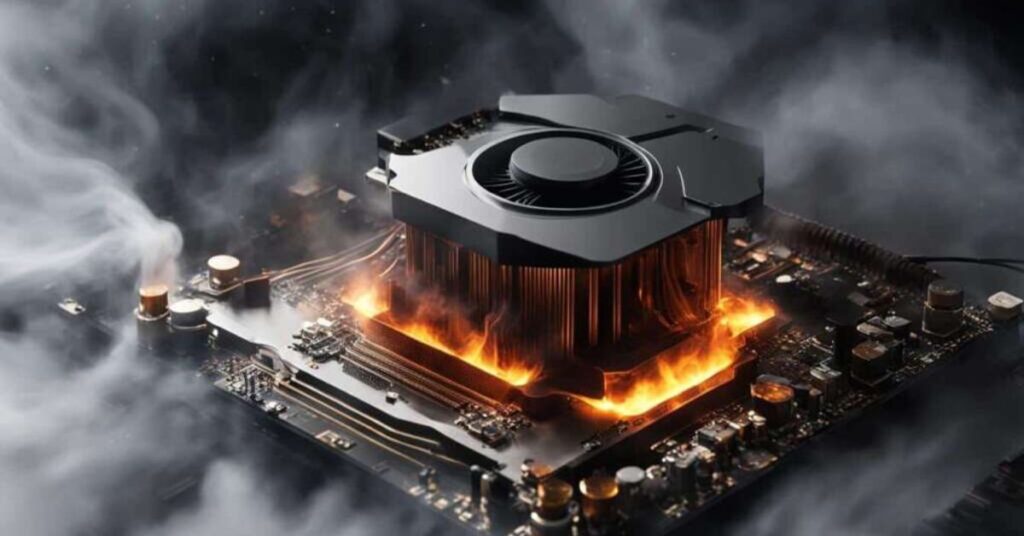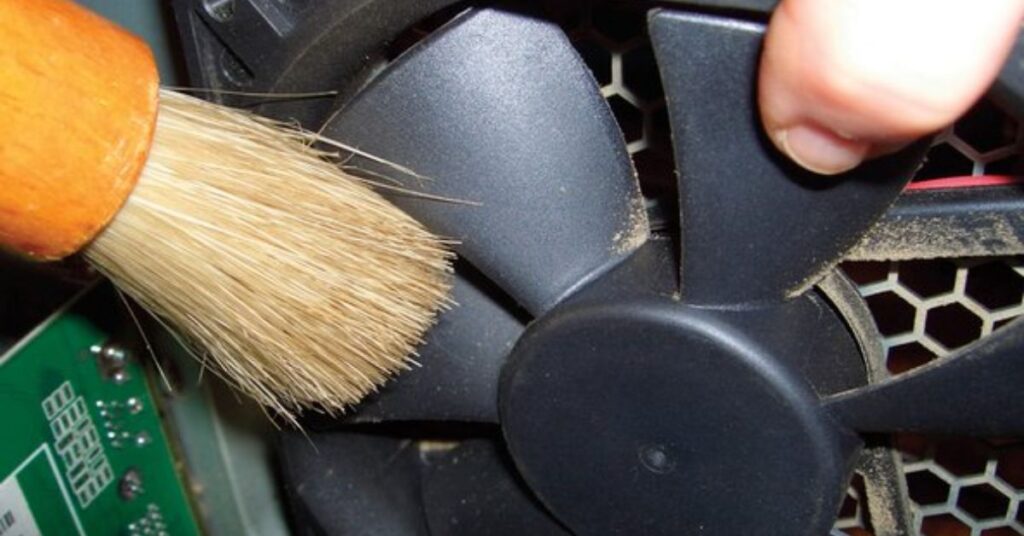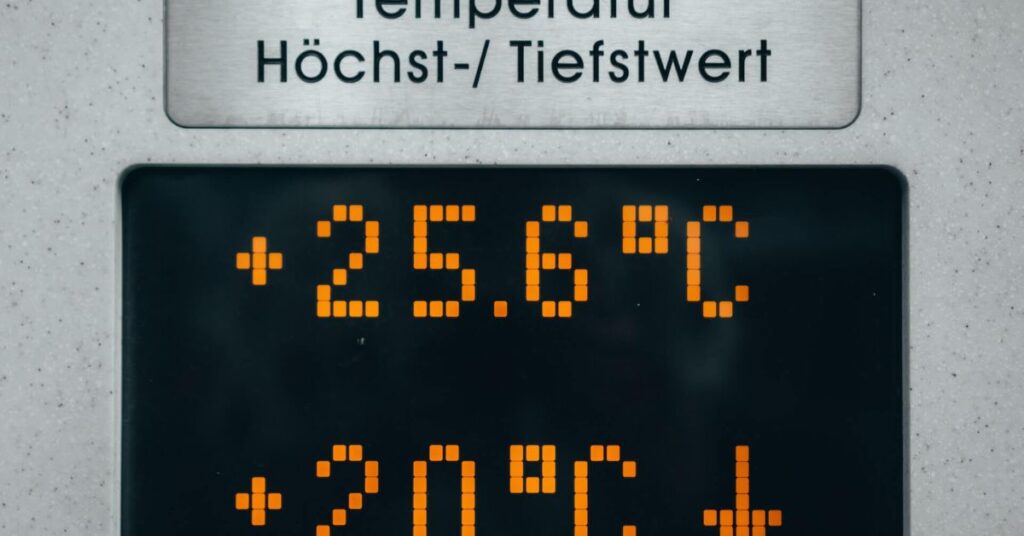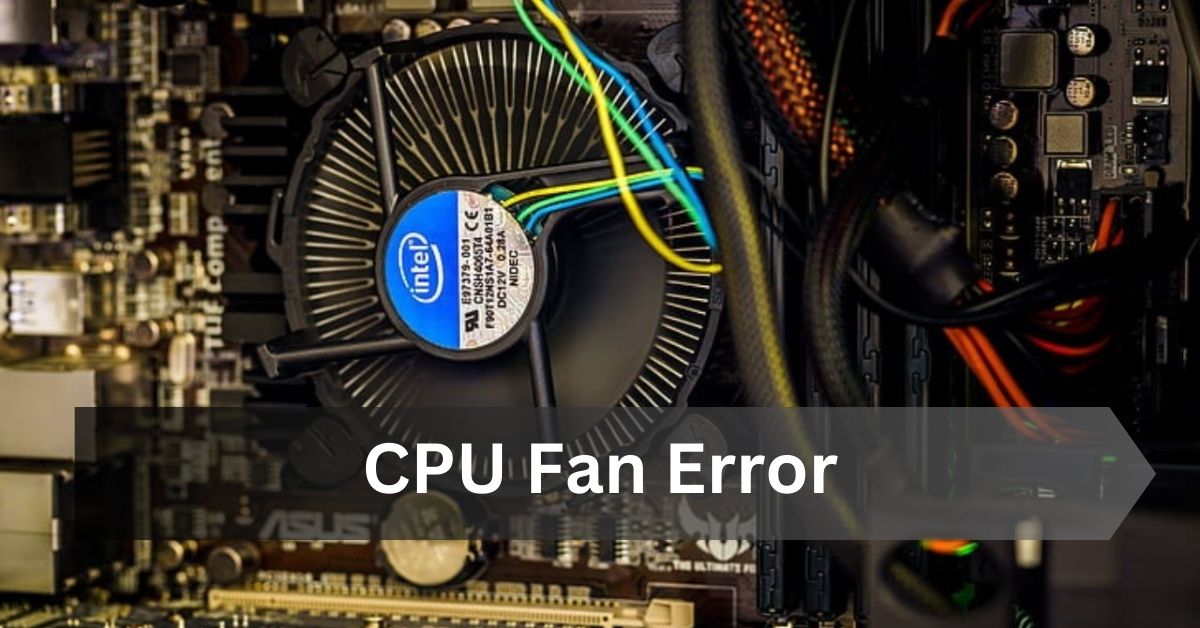In the fast-paced world of technology, a CPU fan error message appears after a forced shutdown because of overheating, indicating that the laptop’s safeguards are Working. This error is a warning signal that the cooling System has reached a crucial point, and the computer has Shut down to prevent the processor from damage.
A CPU fan error may be a Cause for many computer Users, as it indicates a Potential Problem with the computer’s cooling System.
In this article, we’ll explore the hidden world of CPU fan issues, exploring the signs, causes, and fixes to keep your computer operating efficiently and your processor safe.
What is a CPU Fan Error?
A CPU fan error generally occurs when the laptop’s BIOS (Basic Input/Output System) detects that the fan attached to the CPU isn’t always functioning efficiently or is no longer spinning.
The cooling fan plays a critical role in retaining the CPU’s temperature Within Safe working limits by dissipating excess heat generated at some stage during operation. When the fan fails to function as supposed, it triggers an alert in the form of a CPU fan error message.
Exploring the Common Causes of a CPU Fan Error:
This error can be triggered by:
- A broken or bent fan blade can cause the error.
- Misconfigured BIOS settings or fan settings can lead to the error.
- Accumulated dust can cause the laptop to overheat, leading to the error.
- High temperatures can force the fan to run at excessive speeds, resulting in the error.
- Damage to the fan or other hardware components can cause CPU fan errors.
- The fan cable may become loose or disconnected from the motherboard, preventing it from operating correctly.
Also Read: Will A Magnet Mess Up A CPU?-The Surprising Truth About Magnets
Error is indicated By:
This error is often indicated by a message on the screen during startup or in the system log that alerts the user to a problem with the CPU fan.
- Error: CPU Fan Has Failed.
- CPU Fan Error.
Risks Associated with Ignoring a CPU Fan Error:
The principal motive of the CPU fan is to manipulate the processor’s temperature so that you can hold your CPU from overheating. Excessive heat buildup without ok cooling can shorten the lifestyles of your System and harm delicate components. Information loss, unpredictable shutdowns, freezing, and tool instability can all result from overheating by a broken CPU fan.
A failing CPU fan can throttle its average performance to prevent damage, mainly due to slower processing speeds and decreased performance. In excessive instances, a malfunctioning CPU fan can cause the System to overheat to the factor of igniting nearby flammable substances, posing a fire threat.
Symptoms of CPU Fan Error:
1: CPU Overheating:

The processor temperature will rise, potentially causing damage to the CPU.
2: System Shutdowns:
The computer may shut down unexpectedly to prevent damage from overheating.
3: Fan Noise:
Unusual noises, such as grinding or screeching sounds, may come from the fan.
4: Error Messages:
The System may display error messages, such as “CPU fan error” or “High CPU temperature”.
5: BIOS Alerts:
Some motherboards are equipped to notify users of CPU fan errors through BIOS alerts or beeping sounds during boot-up.
Also Read: Sargarpgio-Where AI Meets Human Ingenuity
Step By Step Guide to Fix a CPU Fan Error:
If you come across a CPU fan mistake, there are several steps you can take to diagnose and solve the issue:
1: Cleaning the CPU Fan:

One of the most common reasons for CPU fan error is dirt accumulation. A dusty or blocked fan may cause the running System to overheat, sustain damage, or possibly malfunction. To cast off dust and particles, use compressed air, and to cast off stubborn dirt, use a broom with soft bristles.
Keep your bare arms away from the fan blades to protect yourself from the transfer of oil and grime. Maintaining a clean and safe temperature on your computer is possible with regular cleaning.
2: Preventing Overheating:
Maintaining a safe temperature for your computer is essential to avoid damage, performance lag, and even device failure. Make sure your PC has enough airflow to prevent overheating. For proper heat transfer, smooth the vents, fans, and heat sinks daily.
You ought to apply warm glue to the CPU and GPU. Keeping an eye on framework temperatures and adjusting BIOS or computer program settings is also beneficial.
3: Verify Fan Operation:
Turn on your computer and test the CPU fan. If it isn’t always spinning continuously, it may indicate a broken fan that needs to be replaced. However, if it makes unusual noises or spins erratically, it should be lubricated or wiped clean.
4: Checking and Securing Connections:
Make that all three parts (CPU, GPU, and RAM) are firmly attached to the motherboard. Look for broken connectors, faulty wires, or poorly fastened fasteners. Ensure all fans and the CPU fan are accurately associated with the motherboard or control supply.
Also Read: FaceCheck ID-Revolutionizing Verification With Latest Innovations
Preventing Future CPU Fan Errors:
By being proactive, you may lower the risk of overheating, stop CPU fan problems in the future, and maintain dependable and smooth laptop operation.
1: Continual Maintenance:
To avoid dirt accumulation, clean the internal components of your computer regularly. Also, regularly investigate the fan and its connections for damage or wear and replace them as needed.
2: Monitor Temperatures:

Use software tools to monitor CPU temperatures and fan speeds, ensuring they remain within safe limits. Monitor system temperatures and adjust fan settings in the BIOS or software as needed.
3: Proper Ventilation:
Ensure your PC case has enough airflow by keeping it in a well-ventilated area and using additional case fans if necessary. Regularly check the fan and its connections for damage or wear and replace them as needed.
4: Upgrading to Higher Quality Fans:
Sometimes, you require an update to keep things cool. Consider investing in a high-quality fan that not only cools like a pro but also whispers sweet nothings to your CPU. Upgrading can be the key to a harmonious relationship between your fan and CPU.
Also Read: Timothy Hawking-Exploring Stephen’s Personality Beyond His Father’s Influence
FAQs:
1: Can I use my computer without a CPU fan?
Using your computer with a CPU fan is only sometimes encouraged. The CPU fan is critical for cooling the processor, and working without it can result in speedy overheating and permanent damage to the CPU.
2: How to keep your CPU running calmly and quietly?
Control your CPU fan speed using software or BIOS settings; avoid setting it to zero to save it from overheating.
3: How can I diagnose a CPU fan error when the fan is operating correctly?
If your CPU fan is still spinning yet you are receiving error messages, it could indicate that the fan isn’t working correctly or that your computer doesn’t know the problem has been fixed.
Conclusion:
By knowing what causes these errors and following troubleshooting steps like checking physical connections, cleansing dirt buildup, updating BIOS settings, and replacing Damaged Fans when necessary, you could correctly clear up CPU fan errors and protect your PC from potential damage due to overheating troubles.
